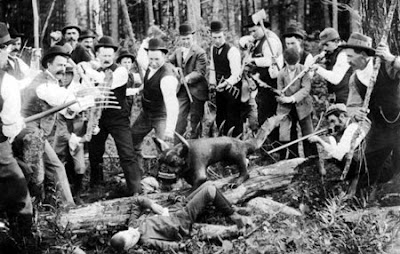Good morning.
Friday brings sunny skies to Whitewater, with a high of thirty-two, and northwest winds at five miles per hour.
On this day in 1765, Britain imposed the Stamp Act on America. It was a bad idea:
In an effort to raise funds to pay off debts and defend the vast new American territories won from the French in the Seven Years’ War (1756-1763), the British government passes the Stamp Act on this day in 1765. The legislation levied a direct tax on all materials printed for commercial and legal use in the colonies, from newspapers and pamphlets to playing cards and dice.
Though the Stamp Act employed a strategy that was a common fundraising vehicle in England, it stirred a storm of protest in the colonies. The colonists had recently been hit with three major taxes: the Sugar Act (1764), which levied new duties on imports of textiles, wines, coffee and sugar; the Currency Act (1764), which caused a major decline in the value of the paper money used by colonists; and the Quartering Act (1765), which required colonists to provide food and lodging to British troops.
With the passing of the Stamp Act, the colonists’ grumbling finally became an articulated response to what they saw as the mother country’s attempt to undermine their economic strength and independence. They raised the issue of taxation without representation, and formed societies throughout the colonies to rally against the British government and nobles who sought to exploit the colonies as a source of revenue and raw materials. By October of that year, nine of the 13 colonies sent representatives to the Stamp Act Congress, at which the colonists drafted the “Declaration of Rights and Grievances,” a document that railed against the autocratic policies of the mercantilist British empire.
In Wisconsin history on this day, the father of a mysterious creature is born:
1854 – Eugene Shepard, Father of the Hodag
On this date Eugene Shepard was born near Green Bay. Although he made his career in the lumbering business near Rhinelander, he was best known for his story-telling and practical jokes. He told many tales of Paul Bunyan, the mythical lumberjack, and drew pictures of the giant at work that became famous. Shepard also started a new legend about a prehistoric monster that roamed the woods of Wisconsin – the hodag. Shepard built the mythical monster out of wood and bull’s horns. He fooled everyone into believing it was alive, allowing it to be viewed only inside a dark tent. The beast was displayed at the Wausau and Antigo county fairs before Shepard admitted it was all a hoax. [Source: Badger saints and sinners, by Fred L. Holmes, p.459-474]

Google-a-Day asks a question of history and language: “In 1578, a high lama of the Gelug school was given the name “Dalai Lama.” What does the Sino-Mongolian translation of “dalai” mean in English?”
